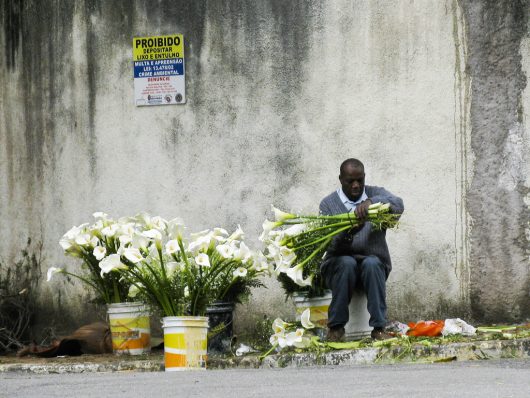Tackling Brazil’s Income Inequality

Almost 10 percent of Brazilians live under the extreme poverty line. This is coupled with extreme inequality of income distribution. Recently however, Brazil showed a tremendous progress towards redistribution of wealth. Even though there isn’t any considerable average increase in gross domestic product (GDP), efforts to reduce poverty exist along with overcoming Brazil’s income inequality. This counts as an important step toward achieving the millennial development goals.
This change in Brazil’s income inequality resulted from improvements in education. The government tried to reduce the gap between skilled and unskilled labor. Thus, the supply of skilled labor increased. This helped more families get out of poverty by earning higher wages. Another factor was using social policies that provided small transfers to low-income families.
Brazil is apparently following the trend in Latin America as the whole continent is fighting poverty. Latin American society is becoming more aware of the harmful effect of inequality on the whole global economic growth. However, Brazil’s progress is unique. Their inequality is far higher than many advanced countries and can do more to improve its situation.
One positive aspect is that Brazil‘s economy is very inclusive. With new policies bringing more labor to the market, Brazil’s economy will strengthen. However, the business environment is not very encouraging. Many people view entrepreneurial failure as an embarrassment and not necessarily a learning experience.
The World Economic Forum during a 2015 report explained that education must be reformed as well and more students from low socioeconomic background should be included.
Brazil’s income inequality gap is narrowing. Media focused recently on the events of a World cup and the Olympic Games but on the other side, Brazil socioeconomic conditions were becoming better. This is remarkable as Brazil was on the brink of collapse due to the global economic financial crisis. The model of socio-economic development that Brazil used can be applied in other countries such as Zambia or Nigeria.
– Noman Ahmed
Photo: Flickr
